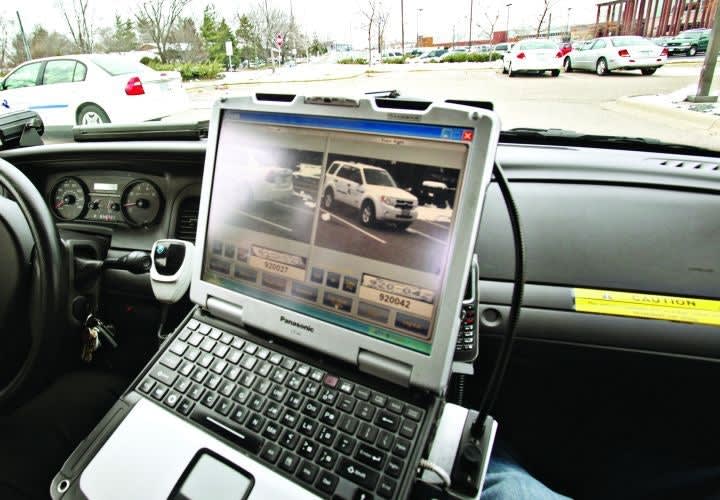Another way that states are reducing costs is by distributing affinity license plates that are printed, rather than stamped or embossed. These are much cheaper to produce, but they aren't as durable, aren't as reflective, and they're easier to counterfeit. For several years, Oregon has been distributing a Crater Lake affinity plate that is printed, rather than stamped. To say these are unpopular with law enforcement is an understatement. One Oregon trooper said, "They're killing us with those things."[PAGEBREAK]
The ALPR camera that scans one of these plates is likely to suffer a read error if the affinity plate's layout is not already coded into its recognition algorithm. Computers do very well when they are asked to process regimented, well-ordered information; when they have to perform pattern recognition, not so much.
Most people with some familiarity of American culture are going to see the outline of a soldier, or the seal of the U.S. Army, or a Stars and Stripes logo and associate it with a government or patriotic concept. The word "service," "serve," or "veteran" provides more cues for context. The computer sees the large numbers and letters in the context of the colors of the license plate and possibly the state name. Without some strict recognition rules coded into its software, the ALPR scanning software may arrive at an incorrect conclusion on what that license plate represents, if it can resolve the information at all.
ALPR vendors are constantly updating their software to accommodate the changes, but with 50 states, 10 provinces, three territories, and a mix of Indian Nations and special government agencies all issuing their own license plates, they're always going to be behind the curve.
Vertical Stacking












